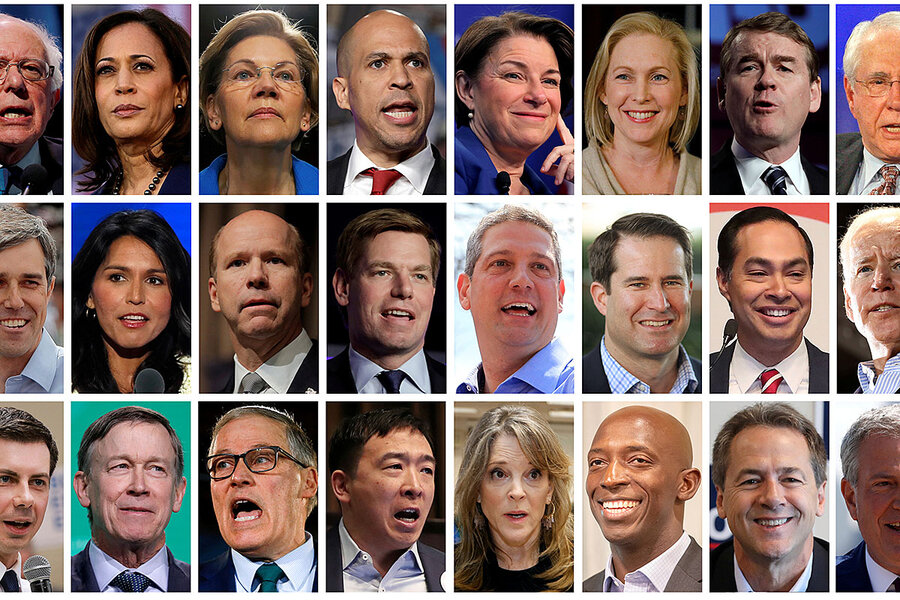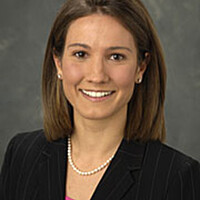As 2020 field balloons, Democrats struggle to emerge from pack
Loading...
| Washington
Dear reader:
There are too many Democrats running for president.
The party, and the candidates themselves, won’t say that, of course. “The more the merrier!” is the typical response given by various hopefuls when asked about the latest entry to their field.
Why We Wrote This
The 23 Democratic presidential candidates are seeing the downsides to such a big field. Some passed on Senate bids where they might have had better shots.
But at 23 and counting, it’s starting to feel unwieldy. Candidates are struggling to get attention and traction. Their policy positions are all bleeding together. It’s gotten so crowded that cable networks are running back-to-back town halls into the wee hours of the night, and the upcoming debates are being divided into separate rounds just to accommodate everyone. Even then, candidates are likely to get only a few minutes of speaking time each.
“If there are too many candidates for a voter to reasonably track — or even identify — then there are too many,” writes The Week’s Joel Mathis. “Can you name all the Democratic candidates from memory? It's not clear if most political reporters can, and they get paid to do this stuff.”
Do all these folks really think they have a shot? Some may be eyeing cabinet positions or cable and book deals as much as the presidency. Still, with a former reality TV star in the White House, there’s a sense that anything is possible. And the ability to raise money from small donors online is helping sustain campaigns that once would have folded (or never gotten off the ground) for lack of funds.
Yet the glut of contenders is having a real impact. In addition to depriving the eventual Democratic nominee of oxygen, some of these presidential wannabes took passes on other races – particularly for the Senate – where they might have had a good chance of winning. Those include former Colorado Gov. John Hickenlooper, Montana Gov. Steve Bullock, and former Texas Rep. Beto O’Rourke. (In the latest Quinnipiac poll, Mr. O’Rourke was the preferred presidential choice for 2% of Democrats and Democratic-leaning voters; Mr. Hickenlooper and Mr. Bullock came in at less than 1%.)
Former Georgia House Minority Leader Stacey Abrams also turned down a Senate campaign, and has said she will decide on a presidential bid by the fall. Ms. Abrams might get a warmer embrace than New York Mayor Bill de Blasio – who became the 23rd candidate last week – received. But the appetite for additional candidates seems to be waning fast.
Let us know what you’re thinking at csmpolitics@csmonitor.com.






